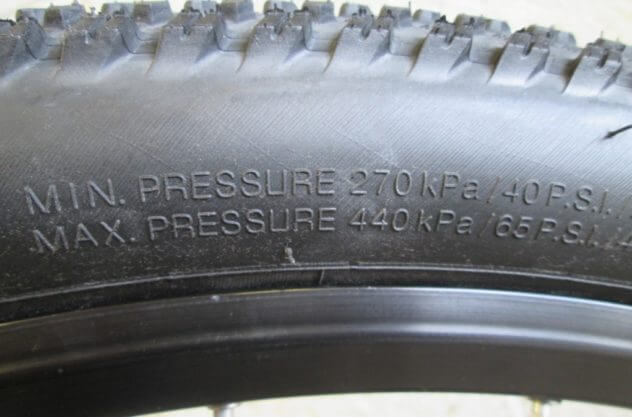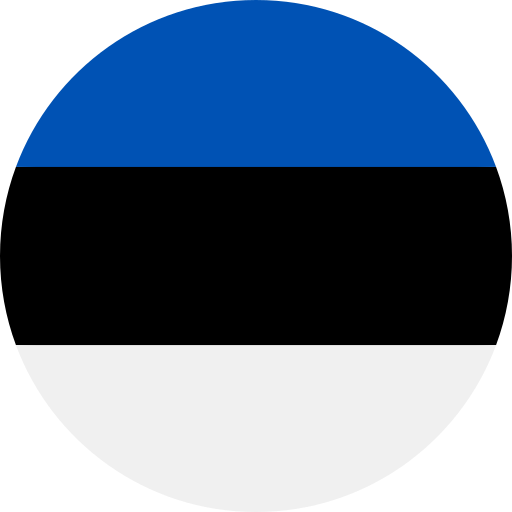
The arrival of autumn brings with it rainy and dusty weather, which means more attention than usual needs to be paid to bike maintenance. Of course, the frequency of maintenance also depends on the frequency of driving and road conditions.
The following tools are needed for home care:
- chain oil (for wet weather),
- bicycle cleaning brush,
- oil remover (a regular degreasing, stronger dishwashing detergent, such as Fairy, is also suitable),
- bicycle cleaner (Fairy is also suitable),
- spanner set,
- rag – any old rag will do : )
In autumn-winter, particular attention should be paid to:
- Oil the chain! Driving in rain and dust will wash away chain oil much faster than driving in dry weather. The chain must be wiped clean with a cloth before oiling. No dirt should remain on the chain. If the chain doesn’t want to get clean, you should use a detergent such as Fairy. If the chain is clean, the oil should be dripped over the entire chain. The oil should primarily go between the chain links. After oiling, the chain should be re-dressed with a rag, as excess oil will collect dirt. How often do I need to oil? For example, after a few rides in a downpour, be sure to clean and oil the chain. If the weather happens to be more or less fine, oiling every couple of weeks in autumn and winter is sufficient. NB! Only use chain oil specifically designed for this purpose.
- Clean your bike! As autumn-winter tends to be quite dusty in our conditions, regular bike cleaning is very important. It’s a good idea to use cloths and brushes to keep your bike clean. The most important thing is to keep the gears and gearboxes clean. Pressure washing can also be used to remove more dirt/dirt. Care must be taken to ensure that the strong water pressure does not damage sensitive parts of the wheel, such as bearings. After washing, be sure to re-oil any parts where water may have washed away the oil. Under no circumstances should you leave your bike in the mud for the whole winter!
- Check your tyres! The “tyre logic” of a bicycle is the same as for a car – grip is worse in rain and slippery conditions and the tyre pattern could be bigger/thicker. For autumn-winter driving, a really smooth tyre is not suitable. If possible, swap your tyres for more solid treads for a safer ride. Keep an eye on the wear on your external tyres. A coarse-patterned tyre works like a flat tyre on a car – you can drive successfully in winter.
- Pumping the hubs is an important part of any season. This should be done regularly, as the required pressure will not remain for more than a few weeks. The required pressure range is marked on the outer hub.

It’s a good idea to have a bike pump with a manometer. This will give you a good idea of how much pressure is currently on the rubber. If you’re going to leave your bike parked for a longer period of time in the autumn, make sure you pump up the tyres first! Rubbers that have become quite worn out can take on the wrong shape and can no longer be used in spring.
You can read about the maintenance of brakes and gears at home in our previous post. The Velomarket bicycle workshop is also always ready to help. Here are some more tips for keeping your bicycle in working order and for safe driving in the fall and winter:
- If possible, keep the bike indoors at least during the autumn-winter period. Rain, humidity and dirt are not friends of the bicycle. Later maintenance may be more costly due to the replacement of parts. If it’s not possible to keep your bike indoors, cover it with a special bicycle cover – they don’t cost much, but they help protect it from the elements.
- When driving in the rain and in the dust, you will need to have a mudguard. As long and effective as possible in autumn and winter. That way, you keep your bike and yourself cleaner.
- And most importantly – ensure good visibility for yourself and others by using reflectors and bike lights . Lights should be at the front as well as at the back and should provide sufficient illumination. Always check the batteries in your lights before riding in the dark, or have a dynamo light fitted.
 Eesti
Eesti Русский
Русский Suomi
Suomi Latviešu
Latviešu


